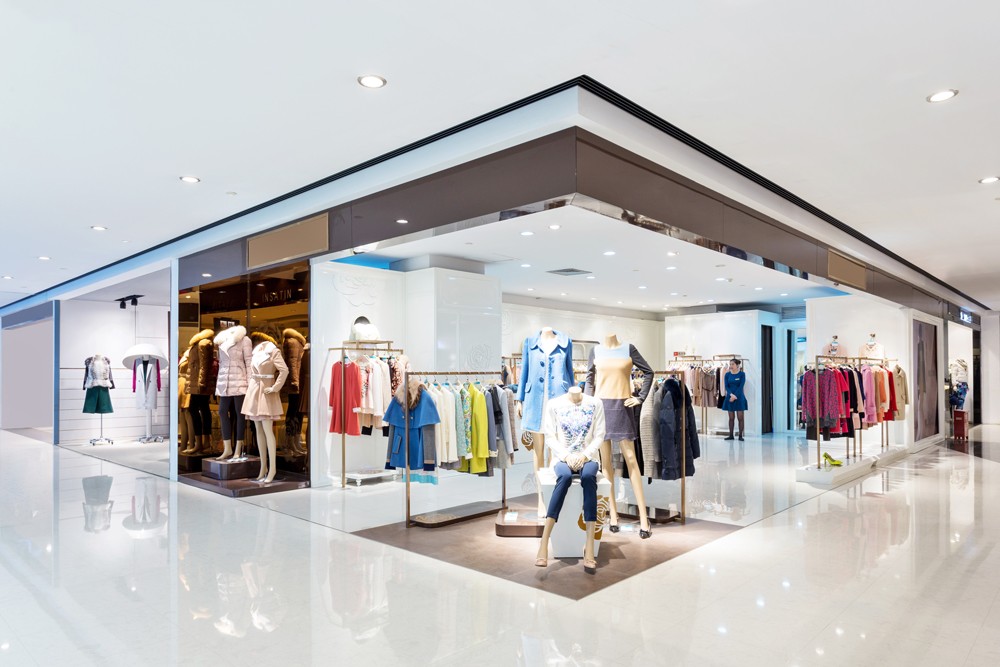In the ongoing battle against shoplifting and retail loss, there are two levels of protection available – product-level security which protects individual items, and store-level protection strategies, which safeguard the retail outlet as a whole. After previously examining product level security techniques like Electronic Article Surveillance and security tags, in this article attention turns to retail store loss prevention strategies that protect the store as a whole.
Store-level protection
Store-level protection strategies look at the outlet wholistically. Some are used just while the store is open, while others combat crime that might also occur outside of hours. According to the most recent Global Retail Theft Barometer, the top strategies used by US retailers are:
CCTV/DVR
Used by 83 per cent of retailers, this helps deter and combat shoplifting during opening hours and burglaries that might occur after hours
Alarm Monitoring
Mainly used when the retail outlet is closed or to monitor entry points other than the customer entry during opening hours, alarm monitoring is employed by 78 per cent of US retailers.
POS EBR (exception-based reporting)
POS EBR allows retailers to understand what’s happening at the point of sale. Used by 68 per cent of retailers, it helps identify fraudulent transactions.
Security Guards
One of the more traditional loss prevention strategies, security guards remain popular and are utilized by 63 per cent of retailers.
Logistics-related Solutions (GPS, truck seal program, etc.)
This strategy tends to combat shrink, including cash theft, during the delivery and transport phase. It’s used by 59 per cent of retailers.
Foot Traffic Counters
Foot traffic counters can be incorporated into EAS systems and allow an insight into when the retail outlet is likely to be busy so loss prevention measures can be improved. It’s used by 46 per cent of retailers.
Door Seals/MAG
Used by 46 per cent of retailers, door seals and mag stripping allow retailers to limit access to their building and reduce potential break-in points.
Parking Lot Protection Present
44 per cent of retailers have security in the parking lot in a bid to reduce potential crimes inside and outside of trading hours.
Advanced Data Analytics
Advanced data analytics allow retailers to better understand where and when theft is likely to occur and take measures to reduce it. 37 per cent of retailers employ this technology.
Advanced Access Control (key card, biometric technologies, etc.)
This strategy sees access limited to the retail outlet either at the back of the house or at all entrances after hours. It also works to prevent employee theft by indicating who has been in the building, when. 29 per cent of retailers utilise advanced access control.
Motion Detection Alerts
Often used in conjunction with alarm monitoring, 27 per cent of retailers have motion detection alerts to indicate when someone has entered their retail outlet after hours.
Facial/Customer Recognition Technology
Although only used by five per cent of retailers according to the Theft Barometer, this technology is on the increase. It allows retailers to identify customers so they can better serve them, but also helps flag shoplifters who may have previously stolen from the outlet.
All these methods utilize technology and services to help reduce the risk of shoplifting in retail environments, and many retailers use numerous strategies in a bid to minimize their risk.
Meanwhile, staff screening, training and store layout all play a vital role.
In the end, the best loss prevention comes down to identifying where your store and stock are most vulnerable to shrink and using the techniques that best combat this threat.
If you’re looking to understand the product security strategies available for your store or gain an insight into which security tags or labels are best suited to your retail environment, our staff are available to assist and can be contacted here.
